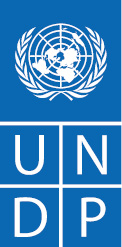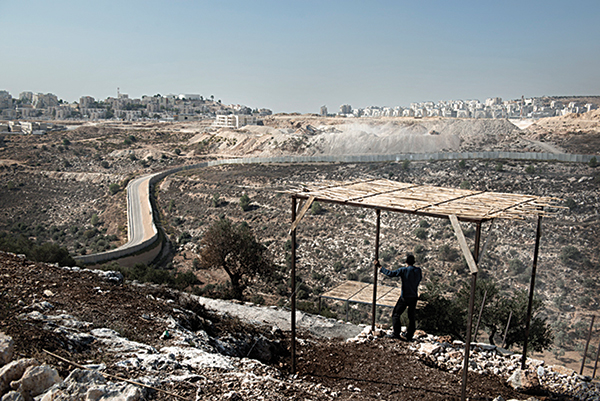
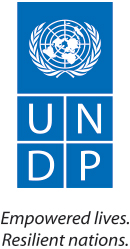
Courtesy of the United Nations Development Programme Programme of Assistance to the Palestinian People (UNDP/PAPP)
The Vision for Area C
Because Area C is critical to Palestinian national development, sovereignty, and sustainability, the framework on which the Palestinian agenda and the National Development Plan (NDP) 2014-2016 are constructed includes several key measures for Area C: Firstly, all interventions must be premised with the understanding that Area C is territory of the West Bank, to be governed in civil and military aspects by the Palestinians. This means that Palestinian sovereignty over the territory and its resources is core towards a sustainable and viable Palestinian State. Secondly, within the current context of occupation, it is important to protect Area C from land annexation and the systematic forced displacement of the local population. Thirdly, it is necessary to create measures that strengthen Palestinian resilience, facilitate access to key resources, guarantee freedom of movement, and secure their basic human rights as a population under occupation. Fourthly, it is imperative to work towards connecting the geographical Palestinian territories overall, in particular strengthening the economic, social, and civil harmony between Areas A, B, and C. All aforementioned factors are important for a viable, sovereign, and economically stable Palestinian state.
Current Barriers and Restraints Towards the
Development of Area C
The Israeli-imposed occupation and the heightened military protocol for Area C are creating systematic gaps in both governance and development of Area C. Since 1967, Israel has occupied the West Bank and enforced special military orders, particularly in the Jordan Valley area. These military orders have proven instrumental in mitigating Palestinian development by creating barriers for local communities displaced in 1967 to return to their lands. By forcefully expelling the majority of the population of the Jordan Valley, Israel was able to acquire and retain large areas of arable lands and important water networks. These gains were further cemented through the peace process, whereby the Oslo Agreements helped increase the fragmentation of Palestinian territories via the development of Areas A, B, and C. While at the time of the agreements it was mutually agreed that Israel would slowly transfer powers back to the Palestinians, to date Israel maintains control of the Area C territories and their key resources. These conditions create systematic constrains, including;
(i) Denying Palestinians Access to Land
Military Order No. (59) prevents Palestinians from registering their properties with the responsible authorities. This creates strategic difficulties in claiming ownership to the land in Area C and therefore access to it. According to the Palestinian Central Bureau of Statistics, the total area of land cultivated by Palestinians in 2010 was 1,207,061 dunums (120,706 hectares), compared to 1,700,042 dunums (170,004 hectares) cultivated in 1982. This decline can be attributed directly to Israeli policies towards Palestinian agriculture in the area, including restrictions posed on access to water.
(ii) Restrictions of Construction, Infrastructure, and Development
The urban-planning regime imposed by Israel creates conditions for local communities that are deemed unlivable. In particular, restrictions on infrastructure cause risky environments for an already vulnerable population, given that any renovation or new construction requires Israeli approval through a long, complex, and discriminatory process. Therefore, the needs of the growing population are not being met and the new generation of Palestinians is prevented from building their communities in a sustainable manner. Current data reveal that the majority of communities in Area C are not connected to water networks, power grids, and other basic necessities. This leaves the existing population reliant on costly resources and many of the more marginalized families vulnerable to displacement.
(iii) Sustaining Territorial Dominance Through Law and Occupation
A core means by which the Israeli occupation contributes to local Palestinian de-development includes its continuous dominance over land and territory via military law and military supremacy. The two elements work closely together to create deep disparities among the local population. Following the 1967 war, Israel issued a series of military orders in the Jordan Valley area that have contributed significantly towards the development of illegal settlements and their businesses. In addition to settlements, the Israeli military practices have helped create a network of military zones (and firing zones) that add to both the insecurity in the area and also towards the further fragmenting of local territory. Other means of dominating the local area include the practice of declaring arable lands and water-rich zones as natural reserves that are accessible only to settlers in the area.
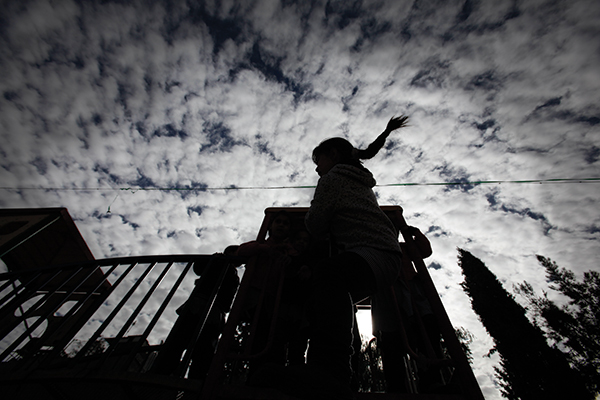
Actors in Humanitarian Development
Interventions in Area C
In a response to the growing needs of the communities in Area C, multiple stakeholders have emerged in order to respond to the development of the area and to respond to humanitarian gaps that continue to deteriorate livelihoods. At the grass-roots level, interventions were designed and implemented by local communities, local councils and committees, NGOs, and cooperatives who act in a mediatory role with other agencies of the Palestinian government, donors, UN agencies, and the international community.
At the political and national level, the local government continues to provide support wherever possible. The Palestinian private sector plays a role in Area C in its pursuit to further national development plans and ambitions in Area C. Intervention and aid is delivered through agents that work by funding, witnessing, documenting, and advocating for Area C, most of whom have slowly merged into clusters that address three key areas: human rights violations, gaps in infrastructure and development, and humanitarian response.
All the aforementioned groups work at some level of coordination within the Palestinian national development framework on Area C. However, given the Israeli military paradigm, it is difficult to offer protection, governance, and socio-civil administrative support to the local communities.
The Agenda of the Palestinian National
Development Plan in Area C
The agenda of the Palestinian National Development Plan includes six key policy directives:
(i) Unify the Palestinian territory and its economy via ensuring the best utilization of the local resources.
(ii) Revive the national economy and advance the Palestinian private sector to enhance its competitive capacities.
(iii) Develop institutions and financial stability, and enhance the ability of institutions to provide key services.
(iv) Battle poverty and unemployment in the pursuit of social justice that is transparent and equitable across race, class, and gender lines.
(v) Work towards improving the political system to reflect respect and value of human rights.
(vi) Enhance the participation of the State of Palestine regionally and globally, and promote its active engagement at the international level by shaping the Palestinian legislative and institutional system.
Next Steps
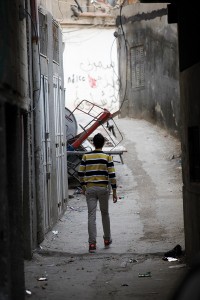
A key means of developing Area C requires access and control of Area C resources in order to overcome the current situation in which Palestinians continue to struggle in regaining control over viable land and water resources. At a policy level, it is important to advocate the implementation of the Palestinian national development goals in Area C; on the ground, a mix of developmental and humanitarian policies is necessary to maintain and enhance Palestinian resilience.
To do so, key actors that include the Palestinian government have a role to play in creating strategic plans for Area C. In addition to improving the infrastructure of the area, there is a need to work at the community level in order to link rural and urban sectors of the Palestinian economy. Furthermore, establishing a national education and health platform that is accessible across the entire Area C is critical towards improving the livelihoods of local communities.

